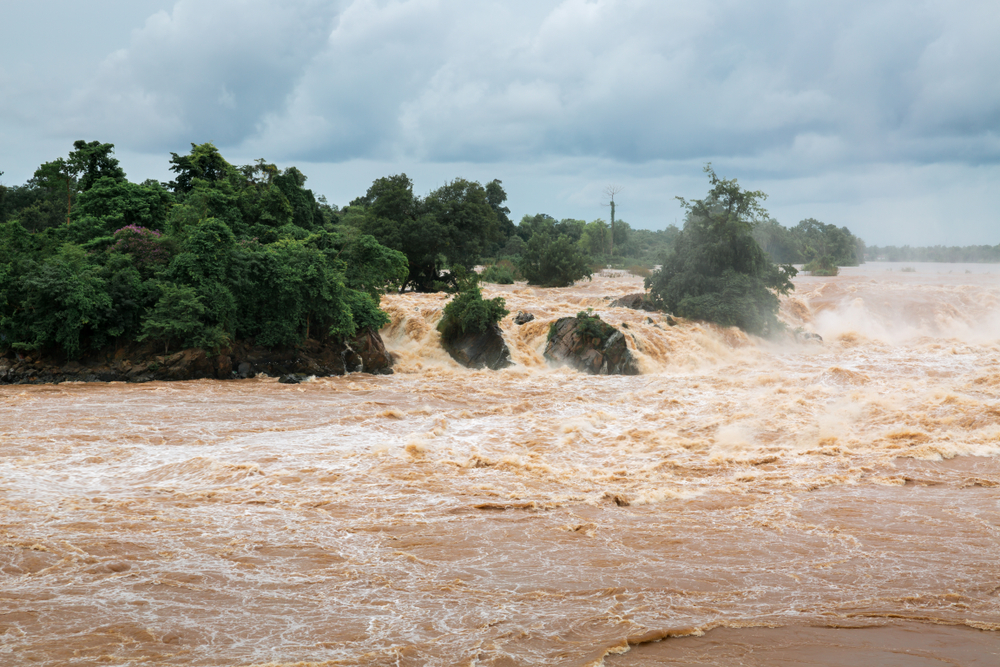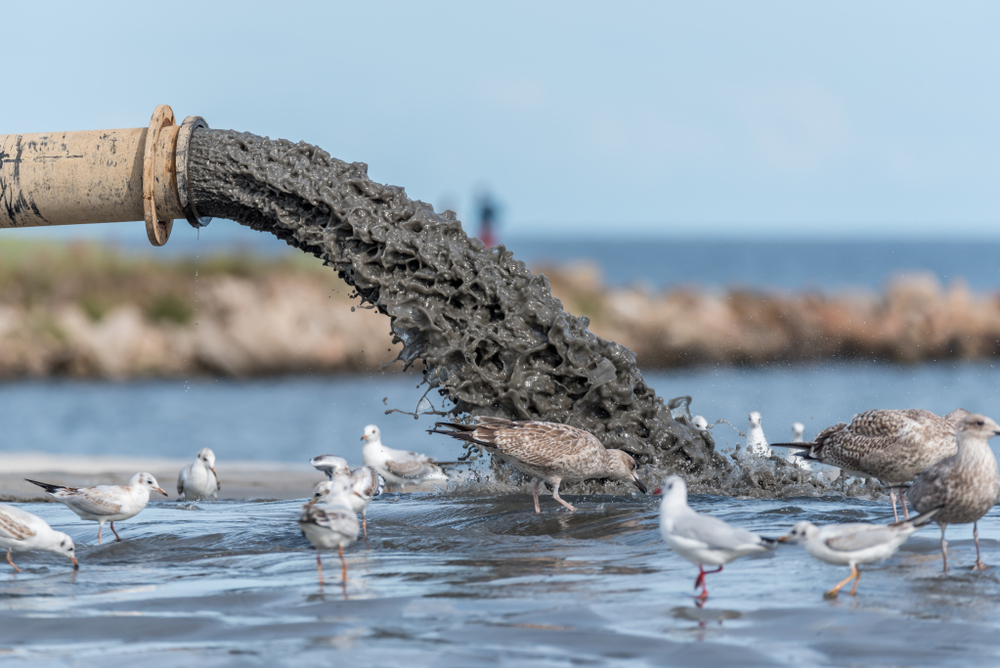Environment: Environmental Disasters
Elbe River Floods
Date: 2002
Location: Central and Eastern Europe, including the German cities of Dresden, Magdeburg, and Wittenberg
Type of Disaster: Flood
Environmental Impact: The Elbe River floods in 2002 were caused by heavy rainfall which led to the river overflowing and causing widespread flooding across large parts of central and eastern Europe, including Germany. The floods had a significant environmental impact, as they caused erosion and destruction of riverbanks, landslides, and damage to agricultural land. The floods also caused damage to infrastructure, including roads, bridges, and buildings, and disrupted transportation and communication networks.
Human Impact: The human impact of the floods was also severe, as hundreds of thousands of people were evacuated from their homes and many lost their homes and possessions. In Germany alone, the floods caused 21 deaths and left thousands of people homeless.
Mitigation: Attempts at mitigation included emergency response efforts by the German government, which included the deployment of the military to assist with rescue and recovery efforts. Long-term mitigation efforts included the implementation of flood control measures, such as the construction of new flood protection infrastructure and the restoration of natural floodplains. The Elbe River flood in 2002 also led to increased awareness of the need for better flood management practices and increased investment in flood prevention and mitigation measures across Europe.
Sandoz Chemical Spill
Date: 1986
Location: Rhine River
Type of Disaster: Chemical spill
Environmental Impact: The spill happened when a fire broke out at the Sandoz chemical factory in Basel, Switzerland, which led to the release of thousands of tons of toxic chemicals into the nearby Rhine River. The environmental impact of the Sandoz Chemical Spill was severe, as the toxic chemicals contaminated the Rhine River, which serves as a major water source for numerous countries in Europe, including Germany. The spill caused extensive damage to the river's ecosystem, killing fish and other aquatic life, and disrupting the river's natural balance. The toxic chemicals also contaminated the riverbed and surrounding soil, leading to long-term environmental damage and contamination.
Human Impact: The human impact of the Sandoz Chemical Spill was also significant, as the toxic chemicals contaminated the drinking water supplies of many communities along the Rhine River. This led to widespread health concerns, as people who consumed the contaminated water were at risk of developing health problems such as cancer, liver damage, and birth defects.
Mitigation: Attempts at mitigation of the Sandoz Chemical Spill included immediate response efforts by the Swiss government and emergency services to contain the spill and prevent further contamination. Long-term mitigation efforts included the cleanup and remediation of the contaminated riverbed and surrounding soil, and the implementation of stricter regulations and safety measures for chemical factories to prevent similar incidents from happening in the future.
River Emscher Contamination
Date: 1960s–1980s
Location: River Emscher
Type of Disaster: Pollution
Environmental Impact: The River Emscher in Germany is a highly polluted river that has suffered from contamination for decades due to the discharge of untreated wastewater, industrial waste, and other pollutants. The environmental impact of the River Emscher contamination has been severe, with the river suffering from high levels of pollution that have led to the death of aquatic life, the degradation of the riverbed and surrounding ecosystem, and contamination of the soil and groundwater.
Human Impact: The human impact of the River Emscher contamination has been significant as well. The polluted water poses a risk to public health, as people who come into contact with the contaminated water or consume fish from the river may be at risk of developing health problems such as gastrointestinal illnesses, skin rashes, and liver damage.
Mitigation: Attempts at mitigation of the River Emscher contamination have been ongoing for several years, with the goal of improving the water quality of the river and restoring the ecosystem. The mitigation efforts have included the construction of wastewater treatment plants to reduce the discharge of untreated wastewater into the river, the implementation of stricter regulations and enforcement to prevent industrial waste from contaminating the river, and the restoration of the river's ecosystem through reforestation and the creation of new wetland habitats.
Werra River Contamination
Date: 1960s–1970s
Location: Werra River
Type of Disaster: Pollution
Environmental Impact: The Werra River in Germany has been contaminated by industrial discharges from chemical factories for many years. The environmental impact of the Werra River contamination has been significant, with the river experiencing severe pollution that has led to the death of aquatic life and the degradation of the riverbed and surrounding ecosystem. Additionally, the contaminants have infiltrated the soil and groundwater, leading to long-term environmental damage.
Human Impact: The human impact of the Werra River contamination has been a cause for concern as well. The polluted water poses a risk to public health, as people who come into contact with the contaminated water or consume fish from the river may be at risk of developing health problems such as skin rashes, gastrointestinal illnesses, and even cancer.
Mitigation: Attempts at mitigation of the Werra River contamination have been ongoing for several years, with the aim of reducing the discharge of hazardous waste into the river and improving water quality. The mitigation efforts have included the implementation of stricter regulations and enforcement to prevent industrial waste from contaminating the river, the establishment of wastewater treatment plants, and the promotion of sustainable industrial practices to reduce the amount of waste generated by chemical factories.
Copyright © 1993—2025 World Trade Press. All rights reserved.

 Germany
Germany 
